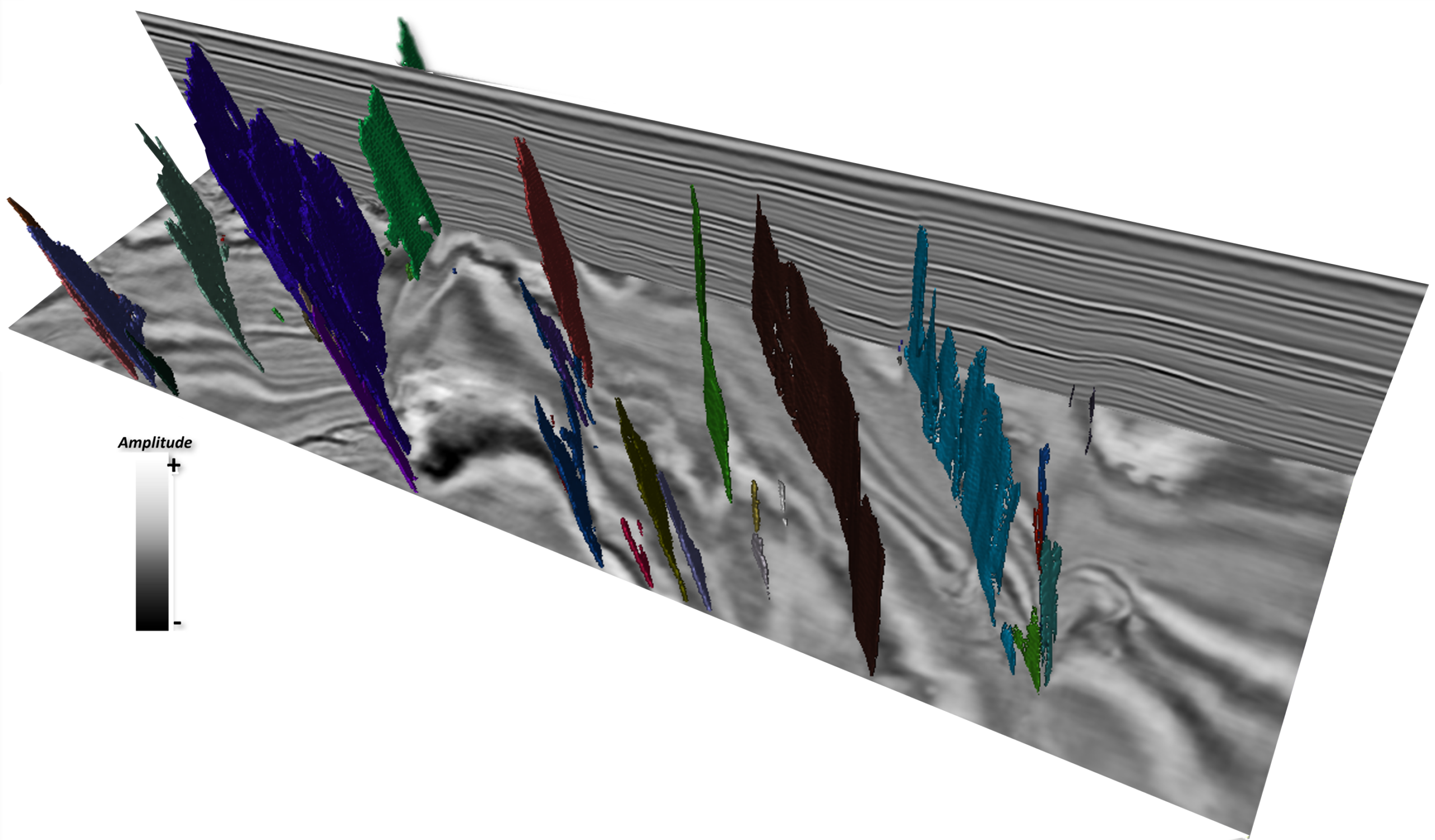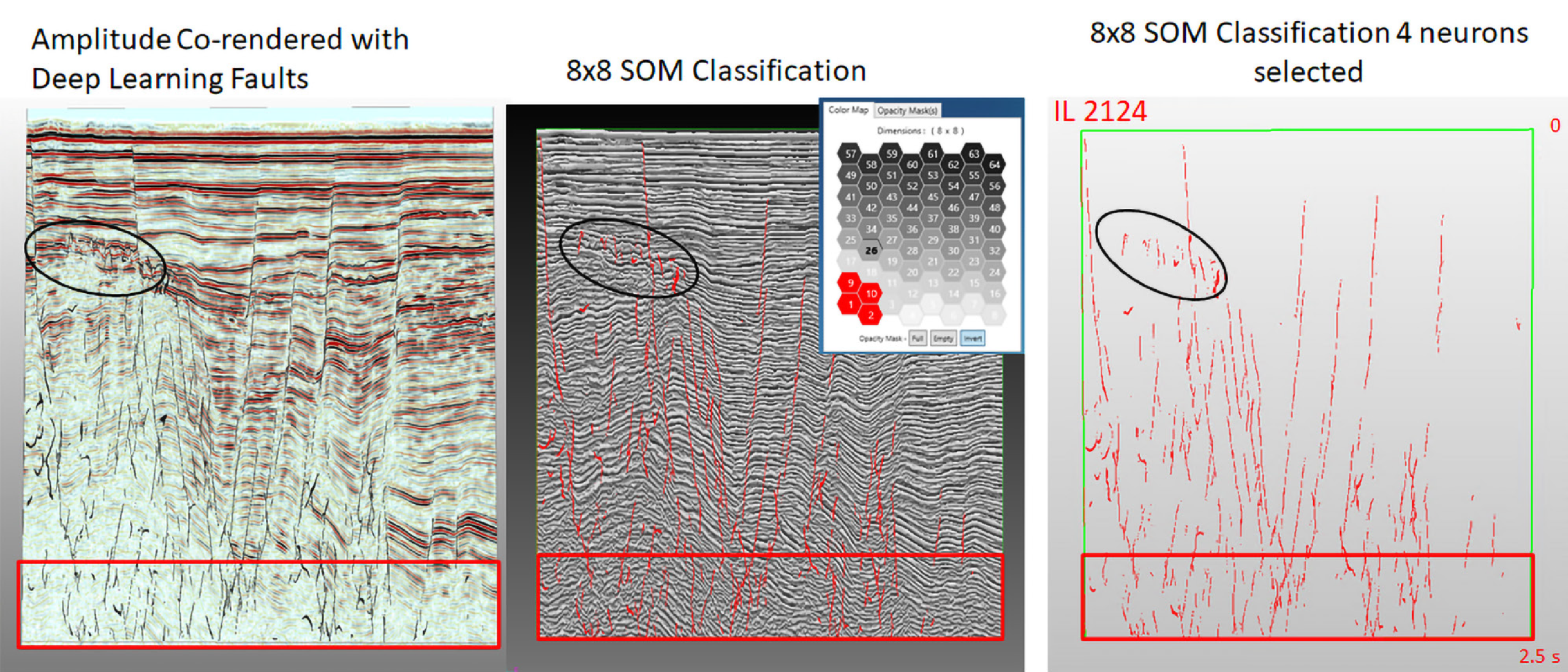AI-Assisted Fault Detection in Paradise® – Now with Custom Training Lines
AI-Assisted Fault Detection in Paradise® – Now with Custom Training Lines
Paradise Automatic Fault Detection | Self-Guided Demo
Walk through a demo of the Paradise Automatic Fault Detection capabilities. Now in version 3.6.2, you can go beyond automation: choose your own seismic lines as training data, blending expert judgment with the power of AI.

Paradise Automatic Fault Detection | Self-Guided Demo
AI That Works With You, Not Instead of You

Whether you’re working in noisy data, complex fault regimes, or looking to reduce interpretation time across a large 3D volume, the Paradise hybrid approach delivers. Rather than replace the interpreter, Paradise amplifies your expertise by automating repeatable steps and exposing structures that may be missed in traditional workflows.
Key features of AI Fault Detection in Paradise 3.6.2:
- User-defined training input: Select your own lines to guide AI detection
- Deep learning with 3D CNN architecture for fault probability extraction
- Integrates expert picks with synthetic training data to balance control and consistency
- Export-ready fault volumes for geomodeling and structural workflows (e.g., fault planes in Petrel)
Faster Interpretation. Greater Control.
At the core of Paradise’s fault detection is a powerful semi-supervised deep learning engine, trained on 3D synthetic seismic fault models. In earlier versions, interpreters benefited from pre-trained models that quickly produced fault probability volumes without requiring manual picks. With 3.6.2, Paradise evolves to meet the needs of users who want more customization: you can now guide the learning process by selecting representative inline and crossline sections to define fault characteristics. The AI incorporates this input to deliver more geologically relevant, high-resolution results—tailored to your basin and seismic style.
This capability offers the best of both worlds:
- Speed and scalability through AI-powered workflows
- Geological accuracy through expert-informed training data
- Transparency and flexibility in tuning the model to your interpretation standards



See it in action
Schedule your introductory call to discuss what AI can do for you.
Explore the results of AI Fault Detection in our short demo video, or contact our team for a hands-on walkthrough using your data.



















